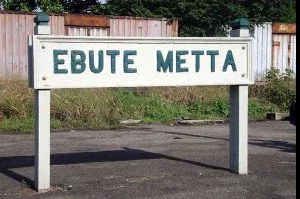
Ebute Metta means "The three Harbours" in the Yoruba language. This was in reference to Iddo, Otto and Oyingbo. In the olden days the king, Oba Oloto of Otto, controlled these harbours and had his agents' collecting taxes from ships bringing goods to Lagos via those harbours.
In 1850s there was great tension between the Christian community and adherents of the traditional religion in Abeokuta in 1867 which was on the verge of snowballing into a sectarian crisis. On the eve of departure of some European missionaries from Abeokuta, the native Christian converts, fearing that the dominant traditionalists would descend on them in the absence of their European proctectors, begged the Europeans to take them along to Lagos.
On getting to the colony, the European missionaries went to the king of Lagos to ask him to allocate land for the Egba Christians from Abeokuta. In response, the king said Lagos Island was already filled up and he couldn't afford to give the little available land to the Egba people. Instead, he suggested that the Colonial Governor, John Hawley Glover, contact his brother, the Oba Oloto, whose territory was located on the other side of of Lagos Island, just across the lagoon.
Governor Glover approached the Oloto, who agreed to give the Egbas a large tract of land from Oyingbo (Coates Street) to somewhere just before the lands of Yaba begin (Glover Street, where LSDPC Estate was later built about 130 years later). These Egba Christians - some of whom were Saros and Amaros - then formed a community which they called Ago Egba, meaning 'Egba camp' in the Yoruba language.
They built their church, St. Jude's Church, schools to educate their children, and trading concerns, and they divided the land into streets which were originally named after their European missionaries and colonial officers. The streets were also named after some of the Egba chiefs like Chief Osholake.
Hence, we had Denton Street (renamed Murtala Muhammad Way); Griffith Street (renamed Borno Way); Freeman Street, King George V Street (renamed Herbert Macaulay Street); Cemetery Street, Bola Street, Osholake Street, Tapa Street and Okobaba Street.
High Chief Ifakayode Adegboyega Junaid, Baale of Oyingbo (Ilufemiloye Orilowi 1), confirmed the sale of local foods and cloths in his harbour, Oyingbo.
He continued: "Adherents of Islam, Christianity and traditional religions are all living in this community ab initio colonial era without hitches.
"Traditionalists: Egungun (worshipers of masquerade); Olokun worshipers (water worshipers)' Indigene Faith of Africa (Ijo Orunimila Ato-Ifa worshipers); Muslims and Christians mixed together to celebrate festivals", chief Junaid claimed.
These Ebute Metta people went on to form the first set of civil servants in Nigeria. After the amalgamation of 1914 and the construction of railways, Ebute Metta became a great destination for many people coming from the hinterland to Lagos, many of whom couldn't get accommodation on the Island (reserved for only the Europeans and upper-class Nigerians).
The Ago Egba people constructed the Lisabi Hall which was commissioned in 1938, by which time their third-generation descendants had become the engineers, technicians and stationmasters of the Nigerian Railway Corporation with stations and offices nearby.
Ebute Metta has a number of notable buildings including the Nigerian Railway Corporation headquarters, the Post Office, St. Paul's Catholic Church, the Oyingbo Market, a major bus terminal, Foucos Secondary School (a school built by the former minister for education), St. Saviour's School, Junior Strides Academy etc.
Ajayi Memorial Hospital, Ijero Baptist Church Nursery and Primary School, Ebute Metta Health Centre, Federal Medical Centre and shops of all types. Ebute Metta is divided into two main areas: Ebute Metta East and Ebute Metta West.

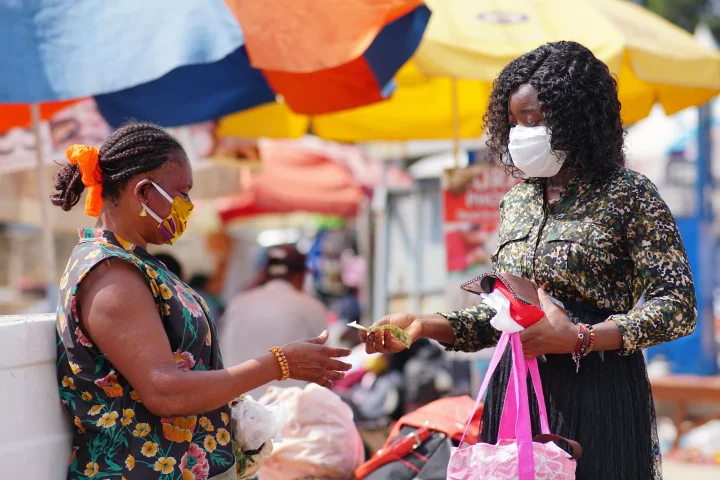
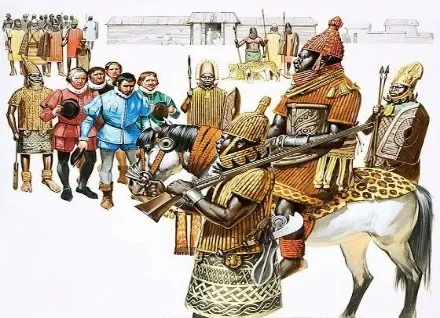
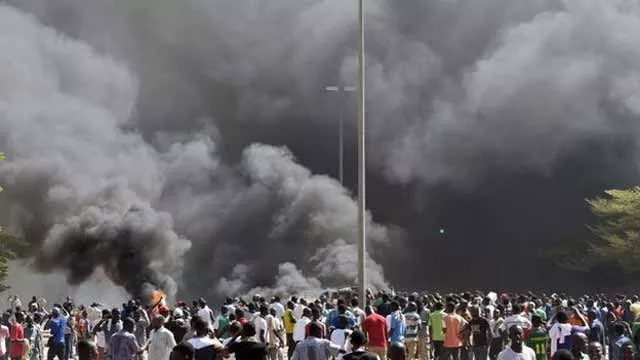
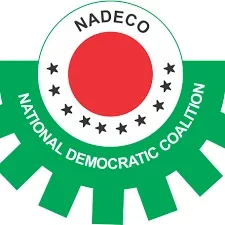
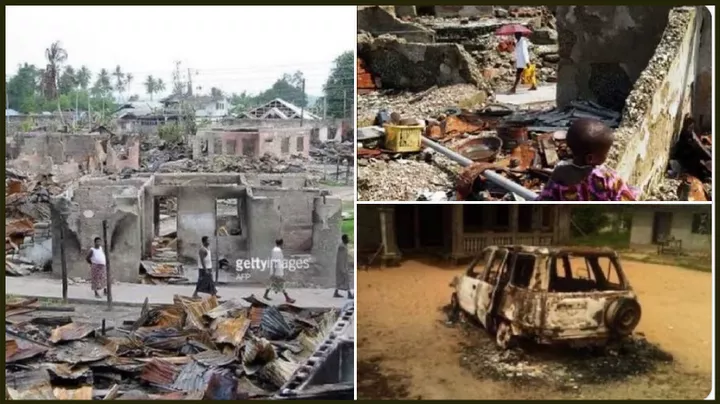


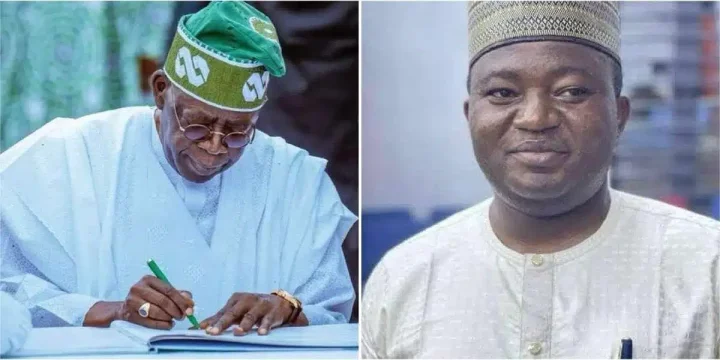

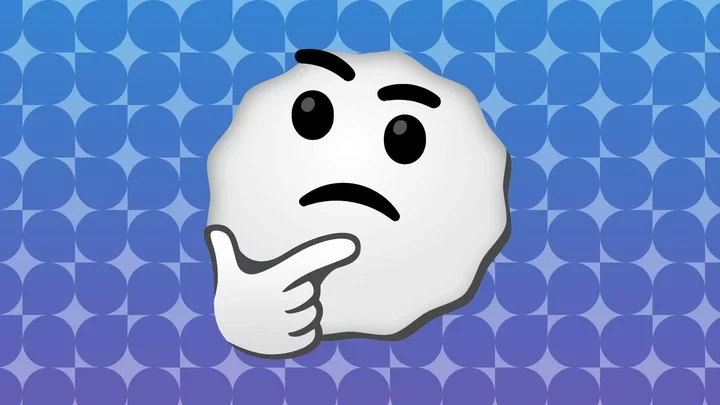


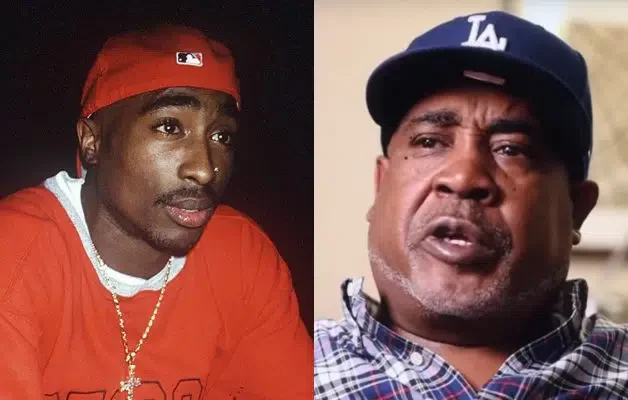


Comments